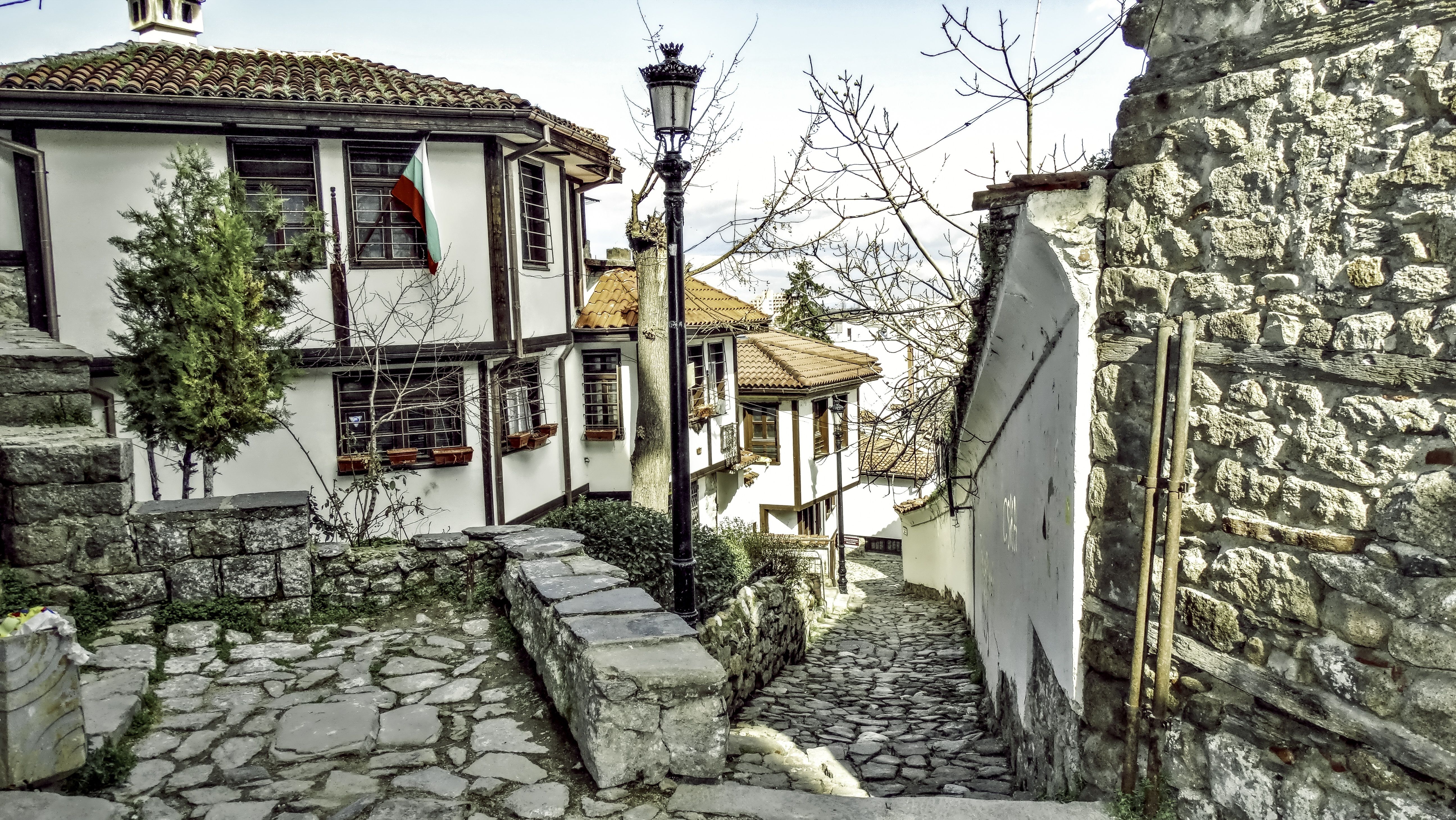Discover a portion of Plovdiv's 8000-year history
Written by Scott Green, edited by Andrea Vushkova, photos by Zhanet Stamatova and Yana Stoyanova
Plovdiv “Пловдив”, also known as the “City of the Seven Hills” is an ancient city filled with culture, tradition, and a long-standing and inspiring history. Plovdiv was first inhabited in 5000 BC-6000 BC (some sources saying it was closer to 4000 BC), nevertheless, to this day the city remains an important cultural, trade and economic hub.
Plovdiv was the first city I visited when I came to Bulgaria in 2018. I was amazed from the very beginning, the stunning preservation of the 2nd-century Roman Stadium, the beautiful Ancient Amphitheatre sitting upon its hill; which to this day still hosts events some 2000 years after its construction. Then best of all, the Kapana District; once abandoned for many years and left derelict, now having new life breathed into it.
Anyway, I’m not here to discuss the love I have for Plovdiv, so let’s get ready to jump into the archaeological sites that make this city so historically incredible. Before we do that though, as you read about these sites you may wonder why most of the names end with “Philippopolis”. Well, that’s because Plovdiv was known by this name -amongst others- for many many years.
Nebet Tepe (Archaeological Complex)
Небет Тепе, location
As the title suggests, Plovdiv is believed to be around 8000 years old. Well then, where was it first settled? The answer is Nebet Tepe. The beginning of what was to become the most significant Thracian city of its time in the territory of Bulgaria, well, it began life as a small settlement on this hill. Plovdiv became part of the Roman Empire around the 1st century AD and Roman nobility moved here. As a result, the city flourished into an important economic and cultural center. To diverge from the historical aspect, Nebet Tepe is just an all-round beautiful place to visit and unwind. During the warmer months, locals love to come here and hang out. The sunset is especially worth seeing as you can enjoy the incredible panoramic view of the city.
Ancient Stadium of Philippopolis
Античен стадион на Филипопол, location
Sunken into Dzhumaya Square and in the middle of the main pedestrian shopping street of Plovdiv, you’ll find this Roman Stadium from the 2nd century AD. Only a small portion of it can be seen today but the stadium was approximately 240 meters long, 50 meters wide and could seat up to 30 000 spectators. Entry is free and you can walk down the stairs to get a closer view of the structure and a feeling of how it would have been all those years ago. Just don’t go full-on Russel Crow in Gladiator while down there.
Ancient Theater of Philippopolis
Античен театър на Филипопол, location
This theater is among the most significant discoveries from the Roman period, and one of the most well-preserved ancient theaters in the world. Archaeologists unearthed it in the 1970s and reconstruction works began in the 1980s. A recently found pedestal reveals that the theater was constructed in the 1st century A.D. The theater is in a horseshoe shape with a diameter of 26.64 meters consisting of 28 concentric rows of seating. The Ancient theater is a symbol of Plovdiv and is operating as a stage of opera, music, and drama. Holding annual events such as the International Folklore Festival, the Opera Festival “Opera Open”, and the Rock Festival “Sounds of Ages” among others.
Roman Odeon of Philippopolis
Римски Одеон на Филипопол, location
The existence of this building gives a good foundation in the beliefs of the cultural and political importance of Philippopolis. The Odeon is situated in the northeast corner of the Roman Forum (mentioned next) and archaeological findings point to the building having four periods of construction from the 1st to the 4th century AD. Originally believed to be a town hall and the house of the city council of citizens (known as a Bouleuterion.) Nowadays the Odeon is used for events such as the Antique festival, the “Plovdiv Reads” book festival, concerts of the Trakiya ensemble, and the choral group “Evmolpea.”
Roman Forum of Philippopolis
Форум на Филипопол, location
The Roman Forum of Philippopolis is a large rectangular plaza about 20 hectares (200,000sqm) in size. The Forum was the center of all public, administrative, commercial, and religious life, with celebrations and state events being held here. The ruins of several important Roman administrative buildings can be seen, such as the Odeon (mentioned above), the city library, and the treasury. Only about 11 hectares (110,000sqm) have been uncovered, the rest remaining under the modern buildings that were built over the top of them.
Until recently this section of the Roman Forum was fenced off to the public, but now it’s a beautiful place to visit and walkthrough. Situated right next to the Garden of Tsar Simeon, which in itself is a beautiful place to sit and relax. While you’re there and if it’s during the summer months you should head over to the singing fountains, on a Thursday, Friday, or Saturday night and watch the sound and light show, another beautiful sight in this city to behold.

